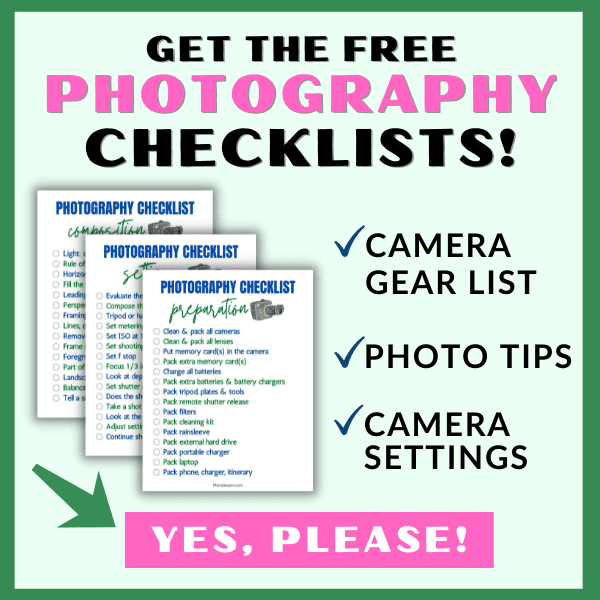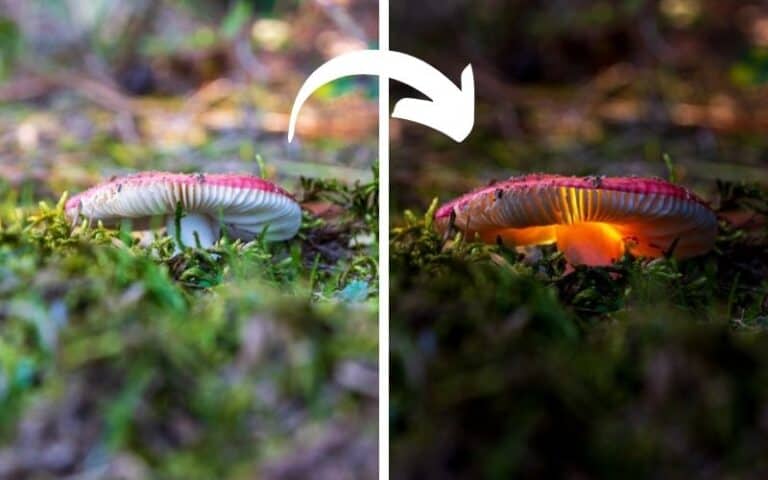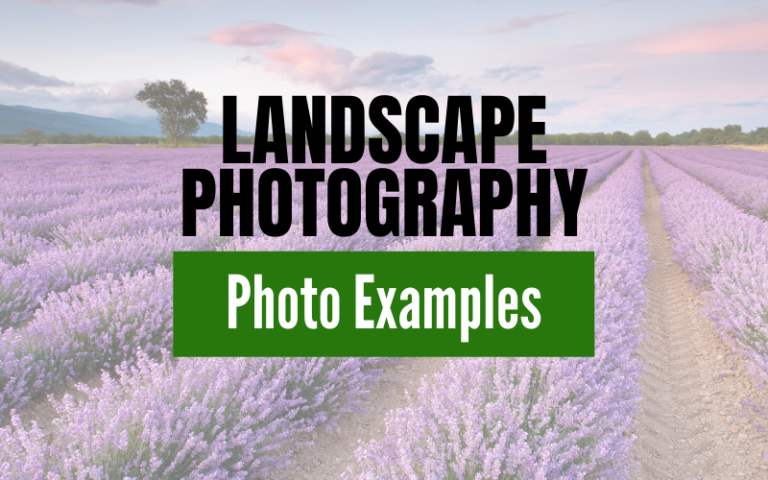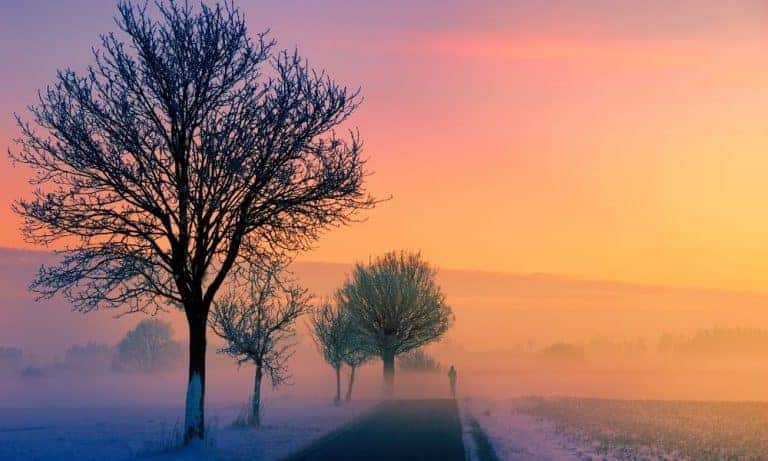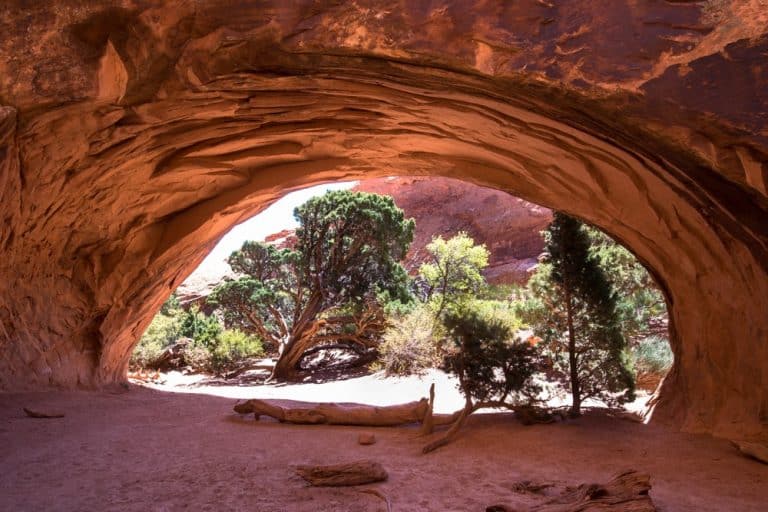Tips and Ideas for Photographing Eyes
The eyes are the window to the soul. Our eyes, as with the eyes of all living creatures, are reflections of the life and intelligence existing within.
Use basic photography techniques when photographing eyes. You want to compose each picture to maximize interest for the viewer.
Placing the eyes in good focus, capturing the light reflected in the eyes, and allowing space within the frame or composition for the direction or gaze of the eyes, are all important aspects of a successful composition containing a living subject.
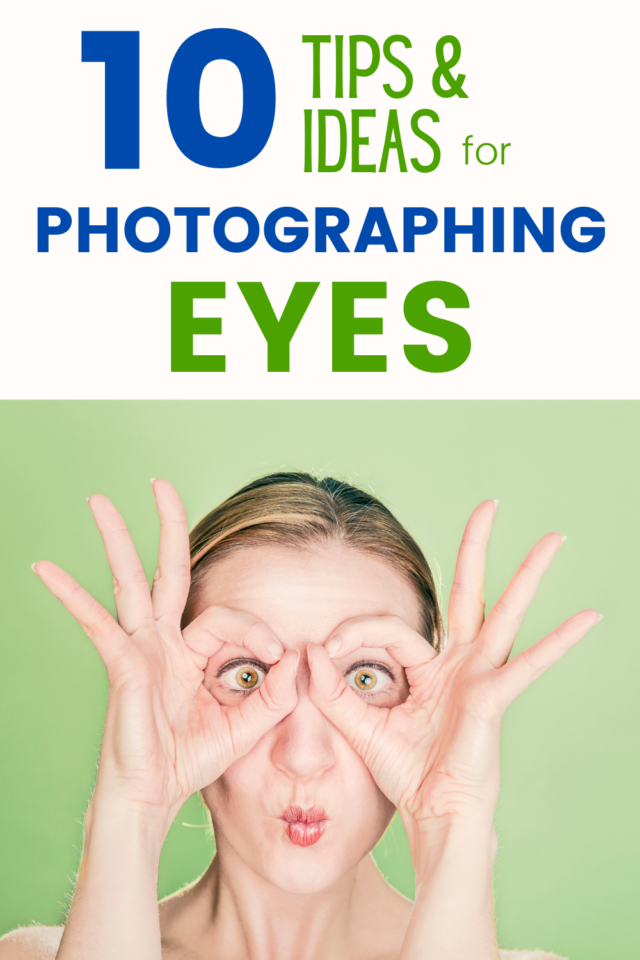
We’ll show you tips and techniques to use when capturing images of subjects with eyes.
Use the photo ideas below to inspire you to get out and take your own pictures with a focus on the eyes!
This site contains affiliate links which means WE may receive commissions for purchases made through these links. We only provide links to products we actually use and/or wholeheartedly recommend! As an Amazon Associate, we earn from qualifying purchases. Read the full Disclosure Policy.
Camera Gear for Landscape Photography
- Tripod: take a look at these compact and lightweight travel tripods!
- Camera Bag: protect your camera from sand and water → We use Lowepro camera backpacks for outdoor photography.
- Neutral density filter: to compensate for variance of light you’ll need to use a neutral density filter. → Check out the Kase magnetic filters we use!
- Camera cleaning kit: remove dust or water that WILL get on your lens. NOTE: this is not for cleaning the sensor.
- Memory cards: purchase name brand memory cards since you’re trusting your images to the card! → We use Lexar and Sandisk!
- External hard drive: copy photos to a portable external hard drive ‘just in case’.
- Headlamp: use when taking sunrise and sunset photos!
Photographing Eyes: Photo Ideas
Take a look at the photo ideas for EYES shared by members of our Facebook Group, Your Photography Journey.
WATCH the video as we discuss compositional elements in each image.
Photographing Eyes: Tips and Ideas
Take a look at these awesome photos with emphasis on the eyes.
Use the tips and ideas for inspiration to get out and take your own eye photos!
Rule of Thirds
Denise Thomason has placed the eyes of her subject strategically within the composition utilizing the rule of thirds.
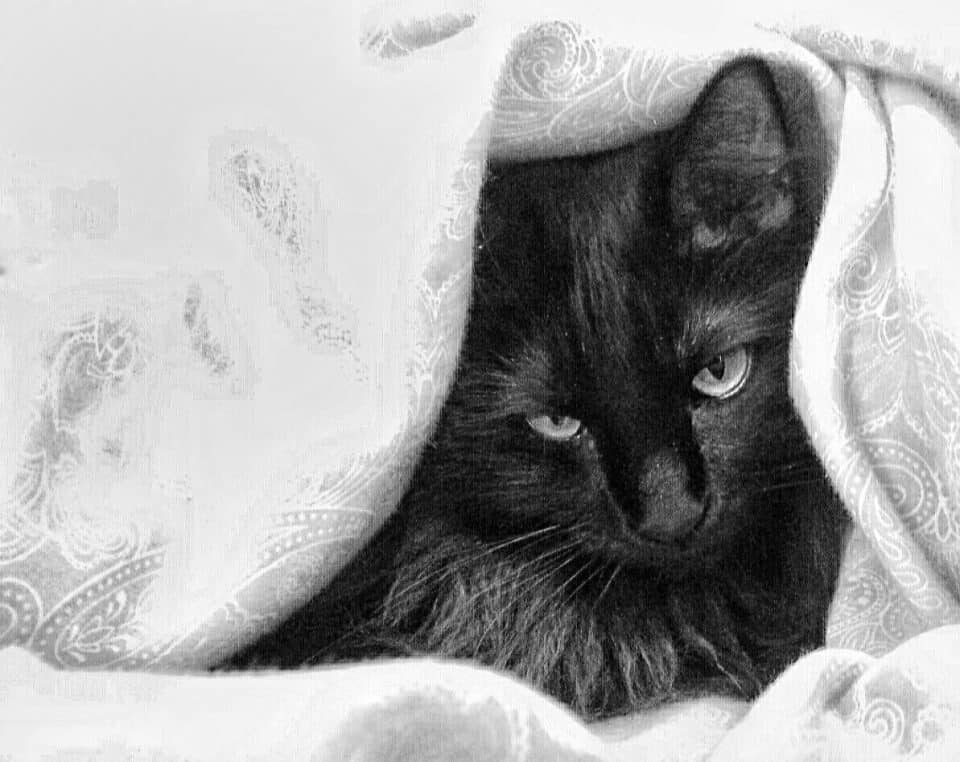
If you imagine a tic-tac-toe board overlaid on the photo, the far right line falls nicely where the eyes are in the photo.
Using the rule of thirds to set the eyes of the subject off center, immediately captures the attention of the viewer.
Lisa Mason also used the rule of thirds in this fantastic capture of a very interesting pair of eyes.
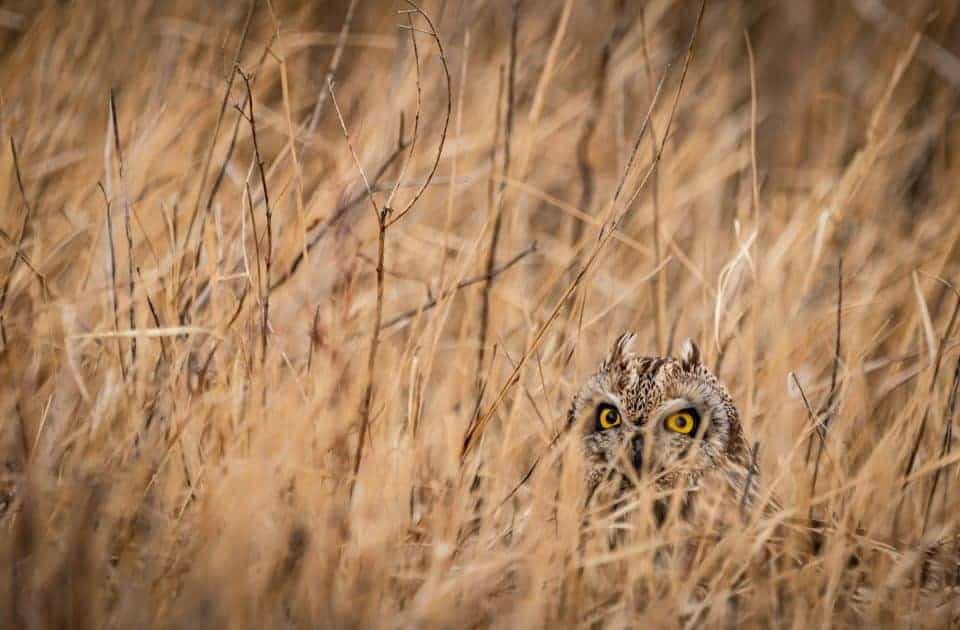
The owl is placed off center and along the intersecting lines of that rule of thirds grid. The low perspective also helps to draw focus and attention for the viewer.
The background and environment around the owl are nicely blended to add structure balance to the image without detracting from the subject.
Space and Direction
Stephen Nesbit illustrates very well the concept of composing a photo with space and direction from the eyes to travel through the scene.

The man is gazing to the left so placing him on the right part of the image allows room and direction for his focus to travel from right to left.
For the viewer there is space within the frame to follow the subject’s gaze and spark imagination.
In this photo by William Holmes, he has composed the subject to accommodate the gaze and focus in a more subtle manner.
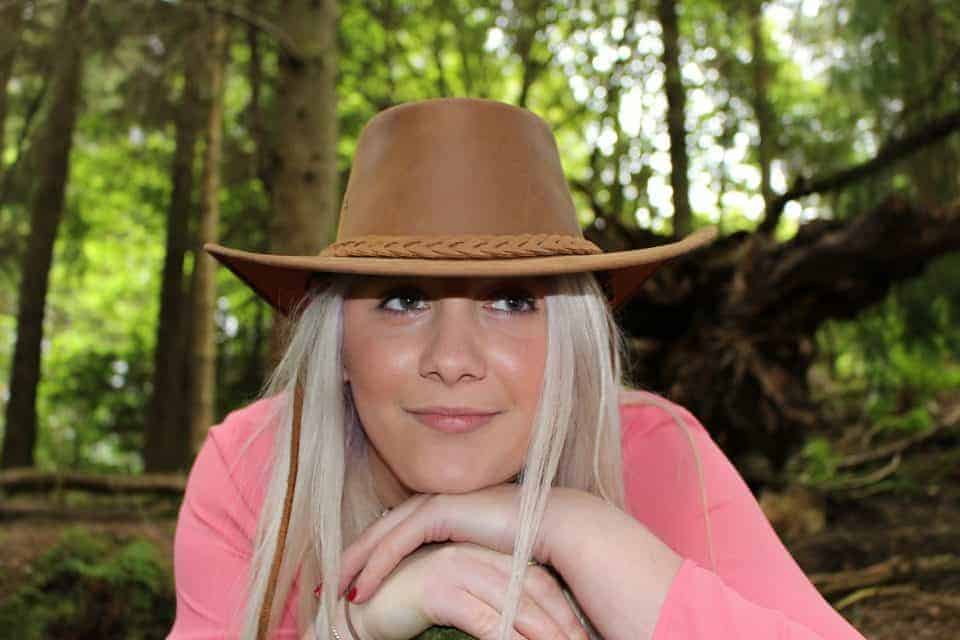
The woman is gazing ahead and a bit to the right. For the viewer, this creates an inclination to want to look over the shoulder to see what she’s looking at.
Anything that prompts the viewer to react in that way is a good thing – it’s providing impact!
Catchlight
Catchlight is a term referring to the reflected light caught in the eyes from the environment.
Eyes have a reflective surface and, when exposed to any light in the environment of the subject, will reflect some portion of that light.
Catchlight is a defining characteristic of eyes.
Daphne Brislin has beautifully illustrated the power of catchlight in an image of a living subject.
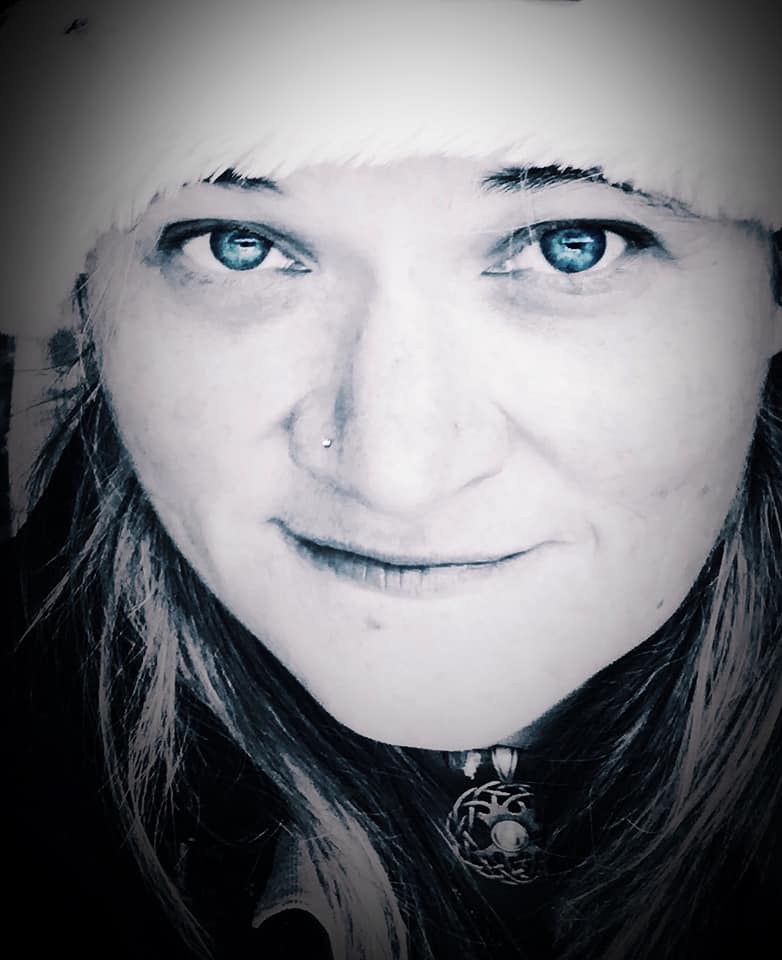
In her photograph we see clearly the light reflected in the eyes of the subject and immediately feel a sense of life and intelligence in the shot.
She has also applied the rule of thirds in filling the frame with the subject’s face and placing the eyes off center and high within the composition.
Tony Kendrick’s captivating shot of a cat with very interesting eyes also shows us the impact of catchlight in an image.
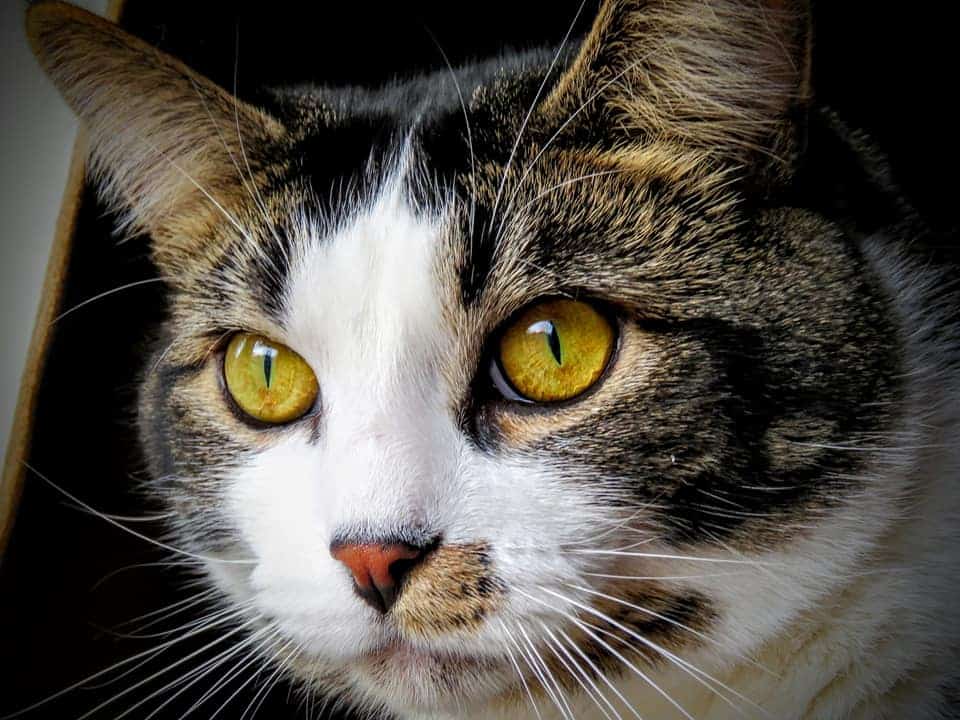
The subtle reflected light in the eyes of the subject powerfully conveys a sense of life and intelligence, and enhances the emotion of the image.
Getting close to your subject is a tip we recommend when photographing wildlife and pets!
Expression
Eyes are incredibly expressive, hence the connotation of being the window to the soul.
Composing a photograph to deliver a specific emotional message to viewers is a great way to use eyes in photography.
This awesome shot by Lisa Mason immediately conveys an emotional expression to the viewer.
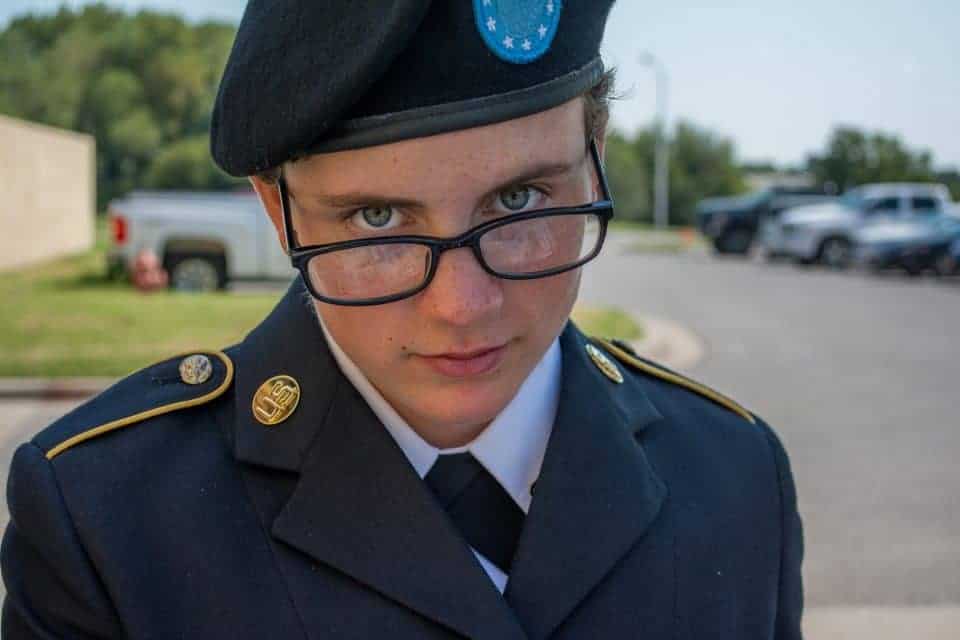
We also see the rule of thirds applied with the eyes along the top grid line.
When you see a photo that displays emotion, it draws attention and prompts the viewer to make a personal connection to that emotion.
Marilyn Switzer is incredibly successful in delivering an emotional message in this powerful shot.
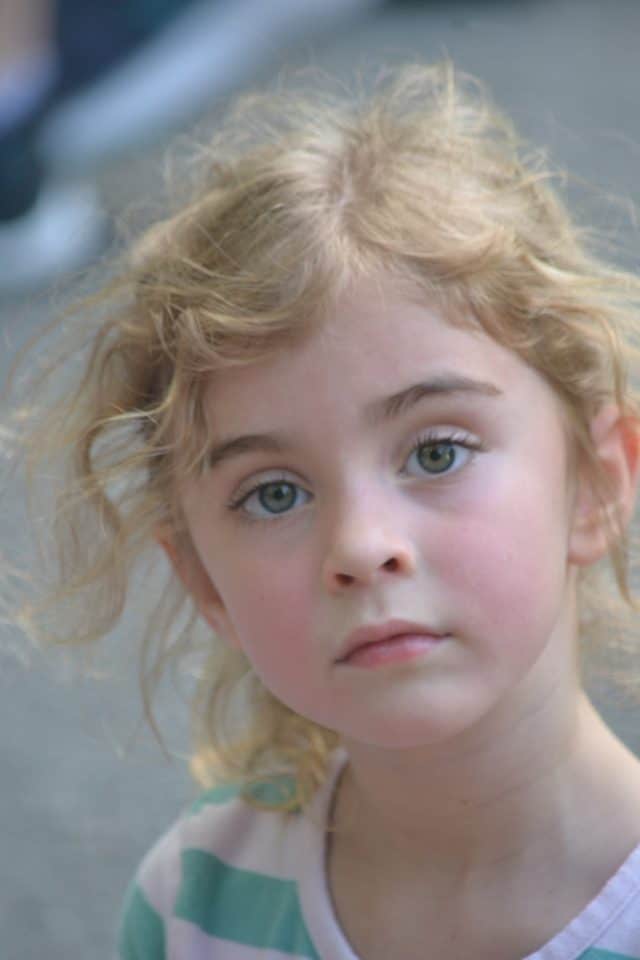
The eyes draw you right in and you respond by relating that look to personal experience.
Using the technique to fill the frame also helps direct the viewer to the girl’s eyes.
Depth of Field
What an awesome capture this is by Mike Heath. He has utilized depth of field very artfully in his image of two leopards taken at a zoo.
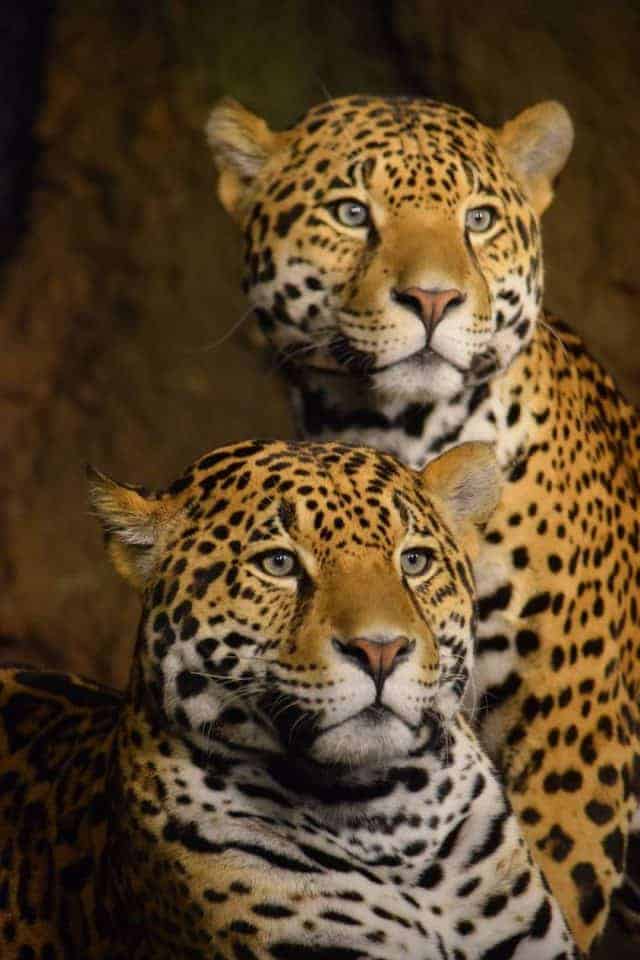
The depth of field in the photograph places the front leopard in tack sharp focus. The rear leopard is placed just slightly out of focus but is sharp enough to convey all the detail necessary to deliver the beauty and character of the individual creature.
The background is blurred into a nice bokeh.
Mike’s skillful use of depth of field provides a 3D effect in the image. It draws the eye of the viewer immediately to the front leopard to then travel to the leopard just behind the first.
Get Close
One way to provide immediate impact is to get close … and even closer if you can!
Martine Wooning got close to her subject and filled the frame so there’s no mistake the focus is the eyes.
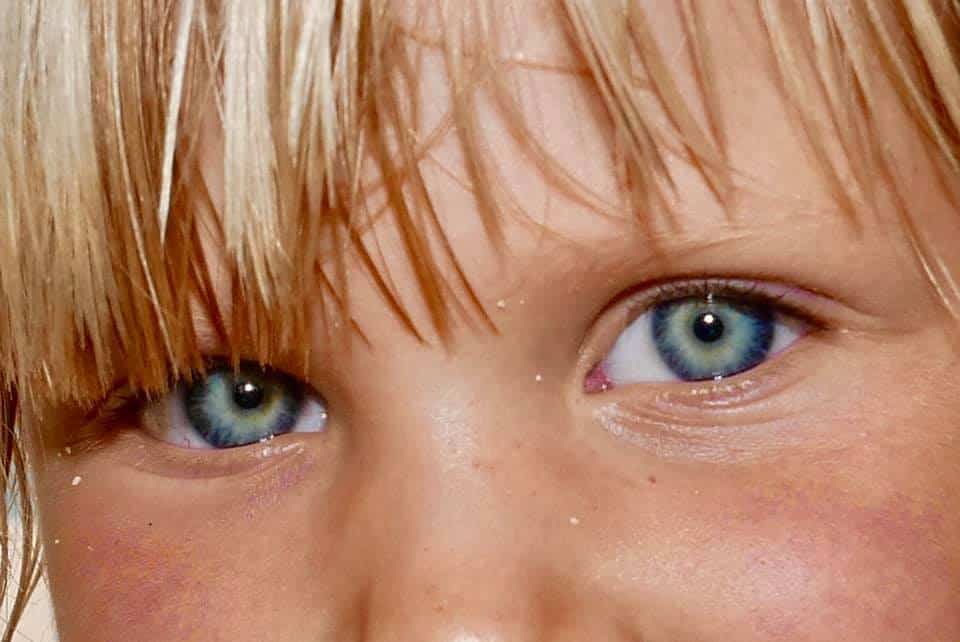
Note the effect of catchlight, expression and emotion are made even more apparent when you get close to the subject!

